Hydraulic platform lifts are the backbone of many industries, from warehouses to construction sites, ensuring goods and materials move smoothly and safely. But just like any machinery, they need regular maintenance to avoid costly breakdowns and safety risks.
The need for reliable maintenance is growing fast. In fact, the global elevator maintenance market, which closely mirrors the hydraulic lift industry, is expected to reach USD 61.12 billion by 2032. This growth highlights the rising importance of keeping all lifting equipment in top shape.
For hydraulic platform lifts, this means staying on top of daily inspections, addressing common issues early, and implementing advanced maintenance strategies to avoid costly repairs and ensure smooth, safe operation.
In this blog, we’ll dive into the essential hydraulic platform lift maintenance tips, common lift issues, and advanced strategies. This will help keep your hydraulic lifts running efficiently and safely for years to come.
Key Takeaways
Hydraulic platform lift service maintenance is essential for smooth and safe operations. It helps detect minor issues before they turn into costly breakdowns, ensuring your lifts are always ready for use. Regular upkeep not only prolongs the life of your equipment but also prevents downtime, saving time and money in the long run.
Maintaining hydraulic platform lifts also ensures that your equipment meets the legal requirements set by safety and compliance organizations. In the U.S., OSHA regulations require periodic checks to keep lifts safe and operational.
Additionally, standards like PUWER (Provision and Use of Work Equipment Regulations) and LOLER (Lifting Operations and Lifting Equipment Regulations) dictate that lifts undergo regular inspections to ensure safety.
To break it down:
By adhering to these regulations, you ensure your lifts operate safely, avoid penalties, and protect your workforce.
Also Read: Boost Your Business with Source Equipment’s Most Popular Products
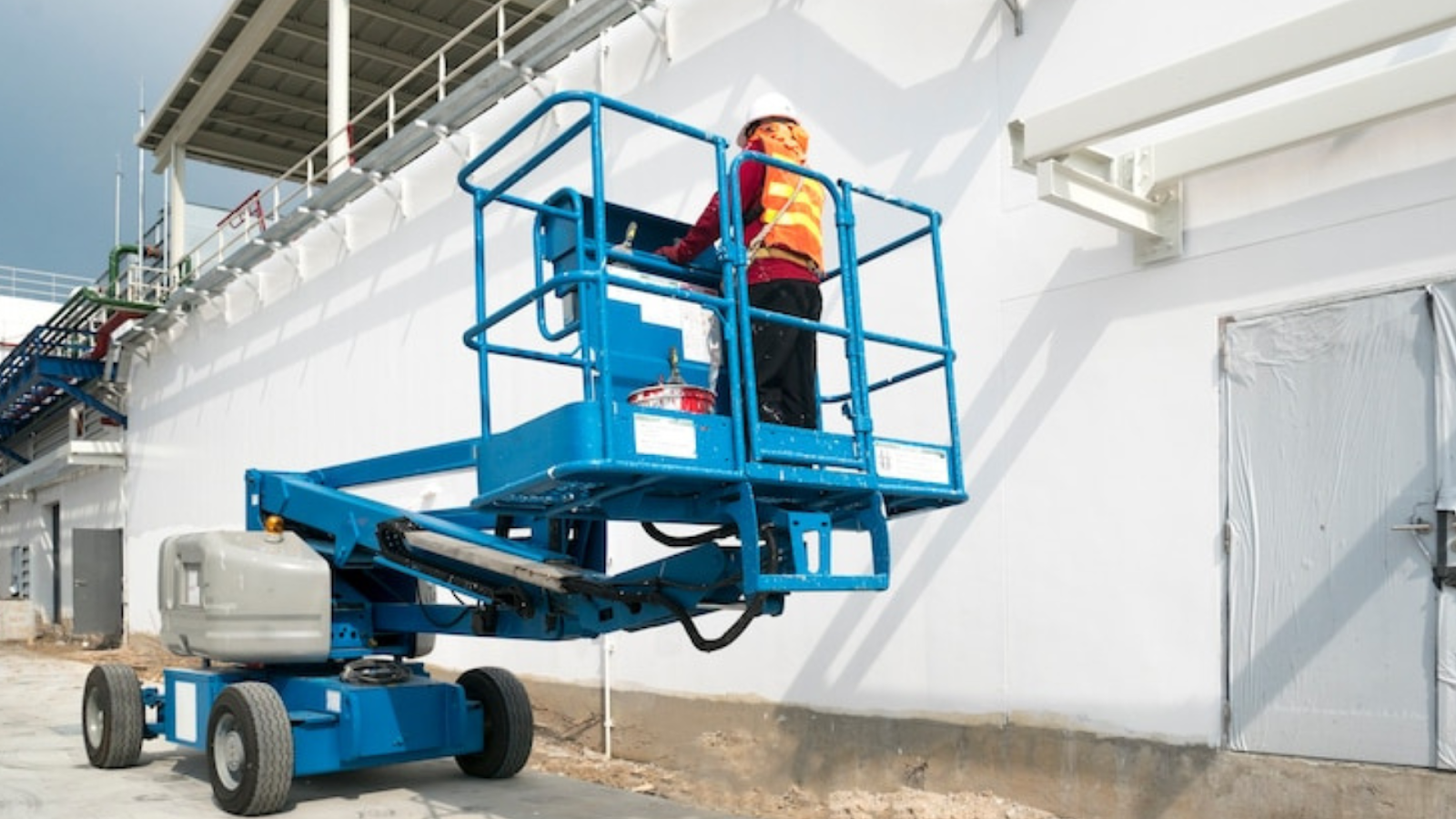
A well-maintained hydraulic platform lift is important for smooth operations. Routine maintenance involves daily, weekly, and monthly inspections that prevent small issues from turning into major breakdowns. Here’s how you can ensure your lift stays in top condition:
Each day, start by giving the lift a quick visual check. Look at the frame, hydraulic hoses, and cylinders for any signs of wear, rust, or leaks. Test the main controls like raise, lower, and emergency stop to ensure they’re working smoothly.
A malfunctioning emergency stop, especially in busy areas like warehouses, can lead to serious safety issues.
Keep the lift clean, especially around hydraulic components and moving parts. A quick clean-up can prevent debris from causing bigger problems down the line. Lubricate the joints and bearings with the right lubricant to keep everything running smoothly.
Check the hydraulic fluid levels regularly, as low or contaminated fluid can cause the system to fail if not addressed early.
Once a year, schedule a professional inspection. A technician will go over the lift’s structure, hydraulic systems, and safety features to make sure everything’s in top shape.
They'll also perform load testing, making sure the lift can handle its rated capacity without any strain. This step is essential, especially for lifts used in heavy-duty environments like construction sites.
While routine maintenance ensures safety and efficiency, advanced strategies can further enhance the performance and lifespan of your hydraulic platform lifts. The innovations below ensure your equipment remains efficient and cost-effective in the long run:
Predictive maintenance uses real-time sensors to monitor components like hydraulic pressure, temperature, and fluid levels. By tracking these metrics, the system can alert operators when maintenance is due, preventing costly breakdowns.
For example, in manufacturing, this can help avoid unplanned downtime during critical hours, keeping operations running smoothly and avoiding disruptions.
Automatic lubrication systems ensure all moving parts get the right amount of lubricant at the right time. This system helps streamline maintenance, reduce friction, and prevent premature wear.
Plus, it eliminates the chances of human error, making maintenance more consistent and reliable. Your lift runs smoothly without unexpected failures due to insufficient lubrication.
Upgrading your lift with Variable Frequency Drives (VFDs) can boost energy efficiency by adjusting motor speed based on the load. Additionally, regenerative braking systems capture energy during descent and reuse it, lowering operational costs and improving the lifespan of the system.
These upgrades help reduce energy consumption while keeping your lift running at peak performance.
Also Read: Maximize Efficiency with Quality Lifts & Hoists from Source Equipment

Despite regular maintenance, certain issues are common with hydraulic platform lifts. Here are some of the most frequent problems and how to prevent them:
One of the primary reasons for hydraulic lift malfunctions is contaminated hydraulic fluid. Dirt, water, and other impurities can disrupt the system’s functionality, leading to poor performance or even complete breakdowns.
Solution:
Seals and hoses are important for maintaining fluid pressure and preventing leaks. Over time, these components can wear out, crack, or leak, compromising the lift’s efficiency and safety.
Solution:
Hydraulic lines are vulnerable to damage from abrasions, high temperatures, or heavy loads. Improper routing or lack of protection can lead to leaks and system failures, halting operations.
Solution:
While regular maintenance can solve many issues, some problems require professional intervention. Here are the key scenarios when it’s time to call an expert:
Unexpected breakdowns in hydraulic lifts can disrupt operations and lead to significant downtime. Whether it’s a hydraulic leak or control malfunction, calling in a professional repair service ensures quick and safe resolution. Experts can get your lift back up and running promptly, minimizing downtime and preventing further damage to the system.
Compliance with safety standards like PUWER and LOLER is a legal requirement for hydraulic lifts. Certified engineers should perform regular checks to ensure that the lift’s safety features, such as emergency stops and overload protection, are functioning properly. These inspections are essential to avoid legal penalties and ensure that your lift meets safety regulations.
Professional servicing is necessary to perform in-depth inspections that routine maintenance might miss. Certified technicians have the expertise to identify hidden issues that could lead to costly repairs. Regular professional servicing helps catch potential problems early and keeps your hydraulic lift in peak working condition, ensuring long-term reliability.

Ensuring the safety of lift operators and workers is a must for maintaining a secure working environment. Proper safety features, ongoing training, and adherence to regulations help minimize risks. Here's a breakdown of key practices for maintaining safety and compliance in hydraulic platform lifts.
A vital aspect of lift maintenance is testing its safety features regularly. This includes checking emergency stop buttons and overload sensors to ensure they function as intended. These features help prevent accidents, especially in environments like warehouses or construction sites where lifts are used frequently and under high pressure.
To ensure safe and efficient lift operation, operators and maintenance technicians must undergo continuous education and certification. Regular training equips your team with the necessary skills and knowledge to handle any issues. It also helps in keeping up with new technologies and staying updated with the latest safety standards, minimizing the risk of mistakes due to human error.
Staying compliant with safety and legal standards helps protect your team and ensures the lift operates safely. Regular inspections and maintenance in line with OSHA and local regulations are essential for meeting safety standards. It ensures lifts are legally compliant for use in any environment.
Also Read: Maximizing Productivity: How Material Handling Equipment Boosts Efficiency
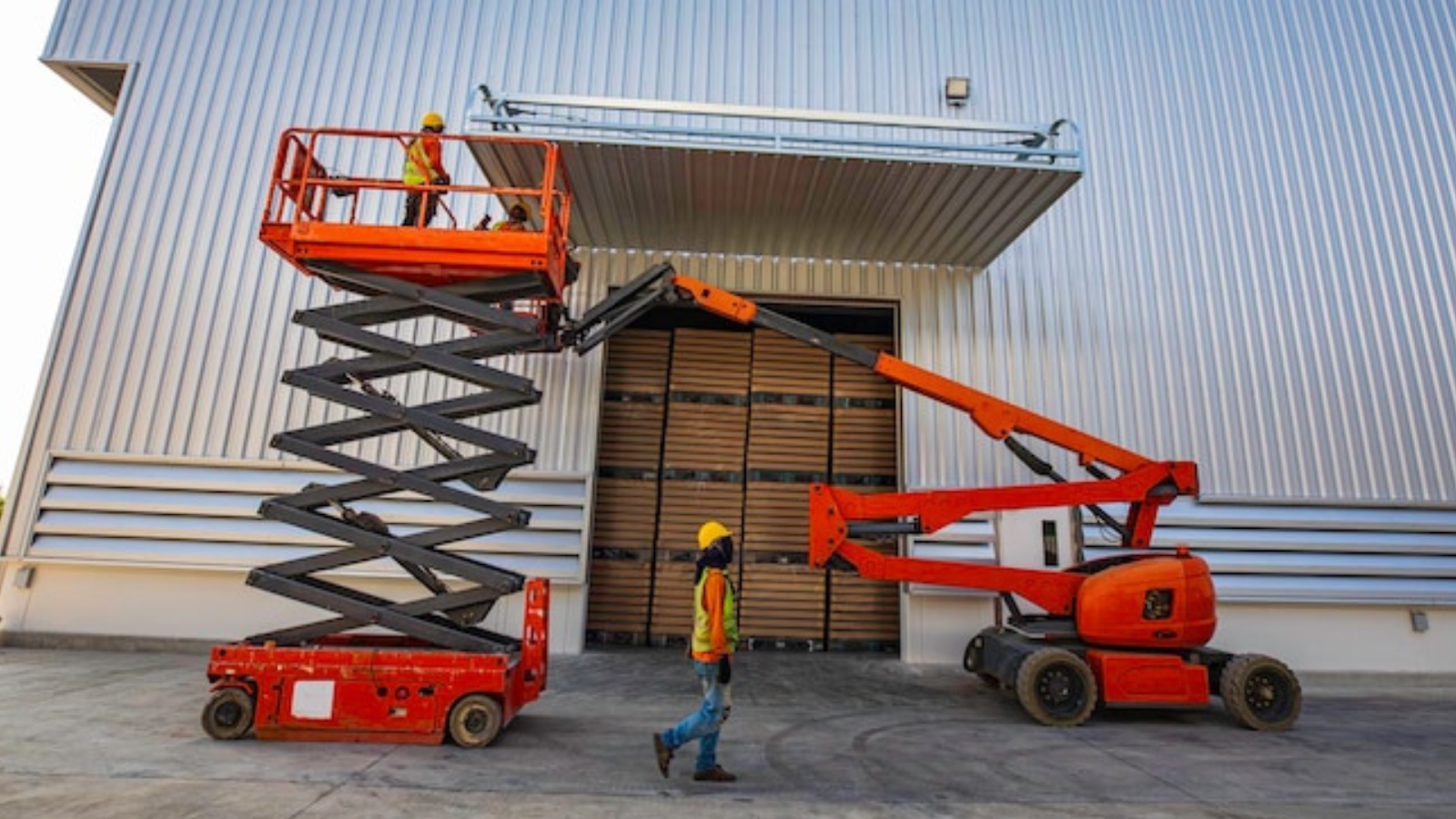
When hydraulic platform lifts fail, operations stop. Malfunctions lead to downtime, safety risks, and lost productivity, costing both time and money. Source Equipment understands these challenges and offers high-quality, custom hydraulic platform lifts designed to improve efficiency and minimize disruptions. With over 30 years of expertise, we provide tailored solutions that meet your specific needs, helping your operations run smoothly.
Why Choose Us?
With Source Equipment Company, you can trust in reliable, long-lasting hydraulic lifts that keep your operations efficient and safe. Contact us today!
Hydraulic platform lift service maintenance is an ongoing process that requires regular attention to ensure efficiency, safety, and longevity. By following daily, weekly, and annual maintenance guidelines, implementing advanced strategies like predictive maintenance, and calling professionals when necessary, you can keep your hydraulic lifts operational and safe.
Besides, prioritizing regular maintenance not only ensures compliance with safety regulations but also enhances productivity, reduces downtime, and prolongs the life of your equipment.
For a trusted partner in maintaining your lifts, Source Equipment provides reliable, high-quality solutions tailored to your industrial and commercial needs.
Our commitment to durable, efficient, and customizable equipment, plus our partnership with trusted brands like Husky Rack & Wire, Advance Lifts, and Presto Lifts, ensures your operations run smoothly and safely. Upgrade your material handling with our premium hydraulic lifts. Request a quote now to find the perfect solution tailored to your business needs.
To maintain a hydraulic platform lift, perform regular visual inspections, check fluid levels, lubricate moving parts, and test safety features like emergency stops. Annual professional servicing ensures long-term functionality and safety.
Maintenance costs for hydraulic lifts vary based on usage, with regular service typically costing $300-$500 annually. Emergency repairs or major component replacements can raise costs, so routine maintenance helps reduce unexpected expenses.
Hydraulic lifts should be serviced annually by a professional for in-depth inspections. Routine checks for fluid levels, safety features, and cleaning should be done monthly to ensure optimal performance and safety.
Hydraulic lifts tend to have higher maintenance costs due to their complex systems and hydraulic fluid needs. Electrical lifts are often simpler, with fewer components requiring regular maintenance, making them generally less expensive to maintain.
The average lifespan of a hydraulic platform lift is around 10-15 years. However, this depends on the lift’s usage and maintenance. Proper care, regular servicing, and prompt repairs can extend this lifespan, ensuring reliable performance over time.
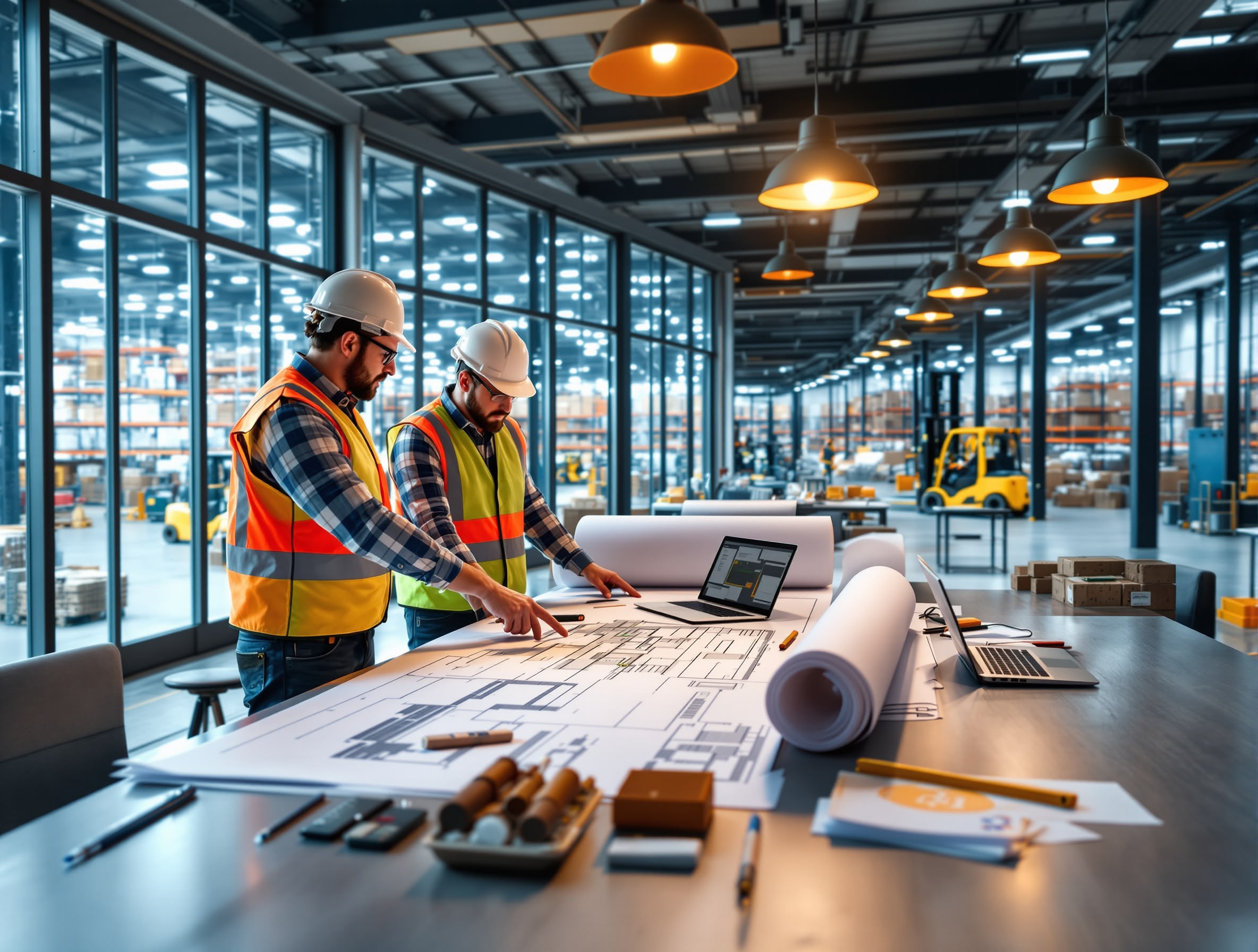
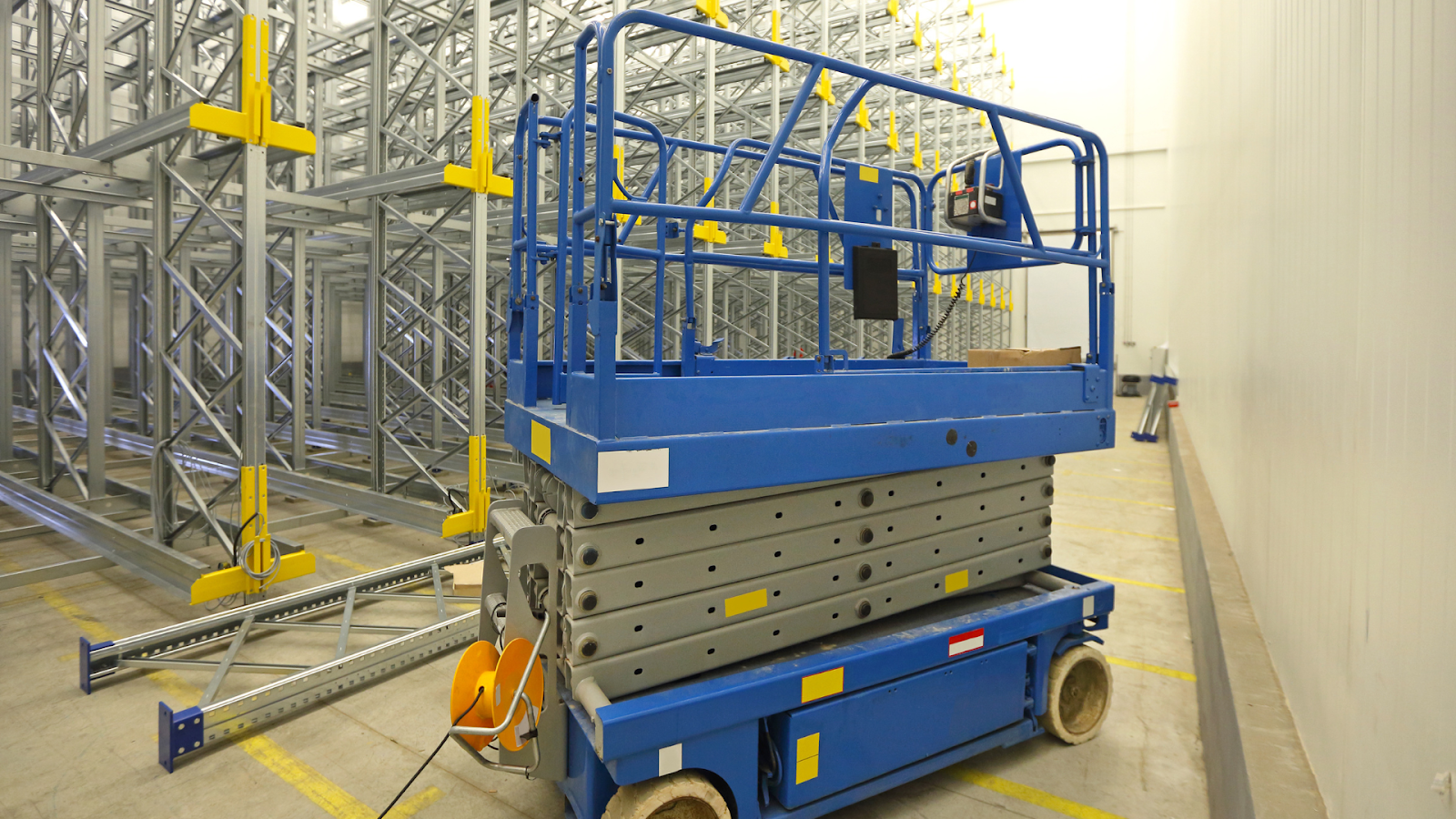
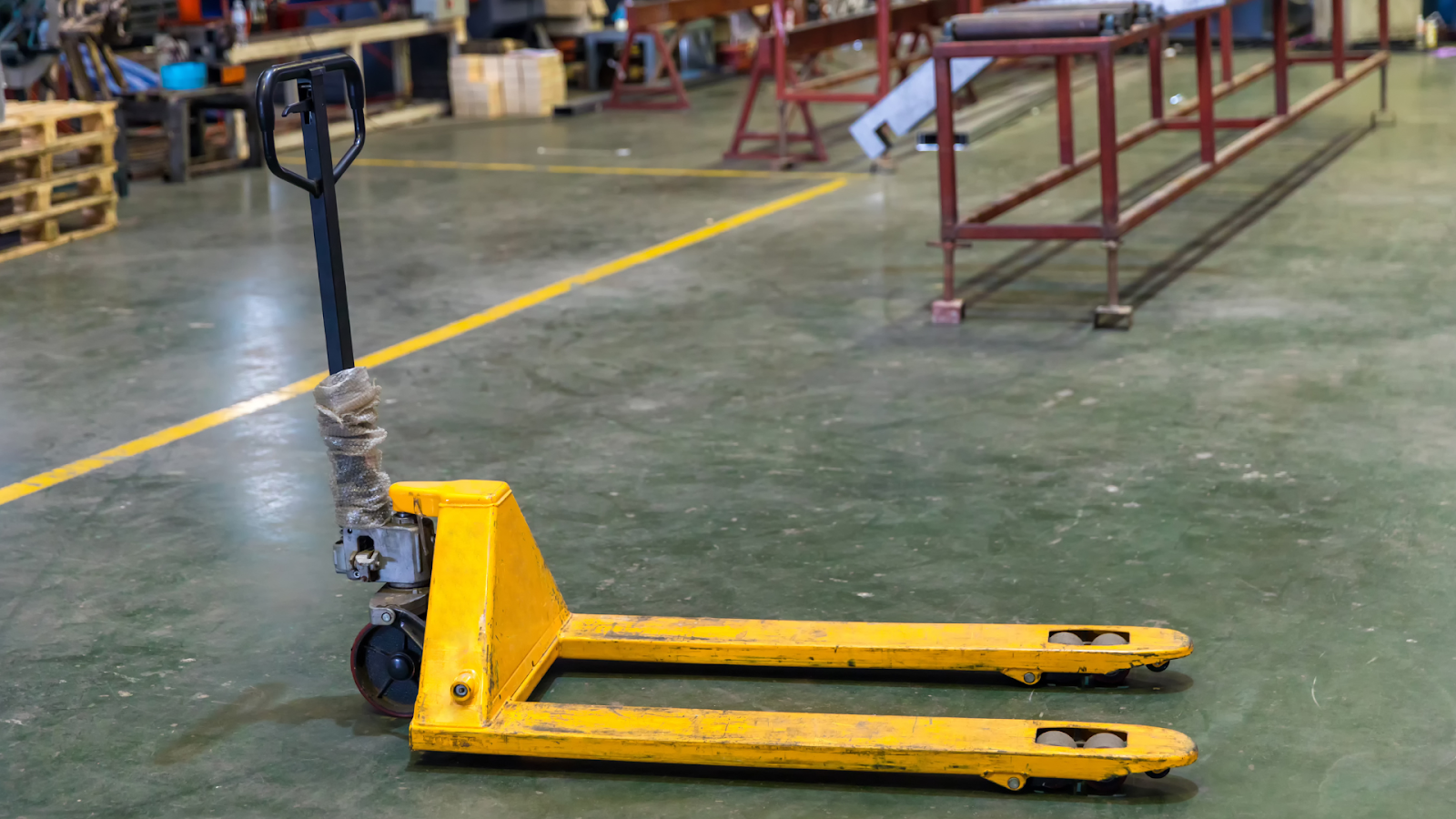
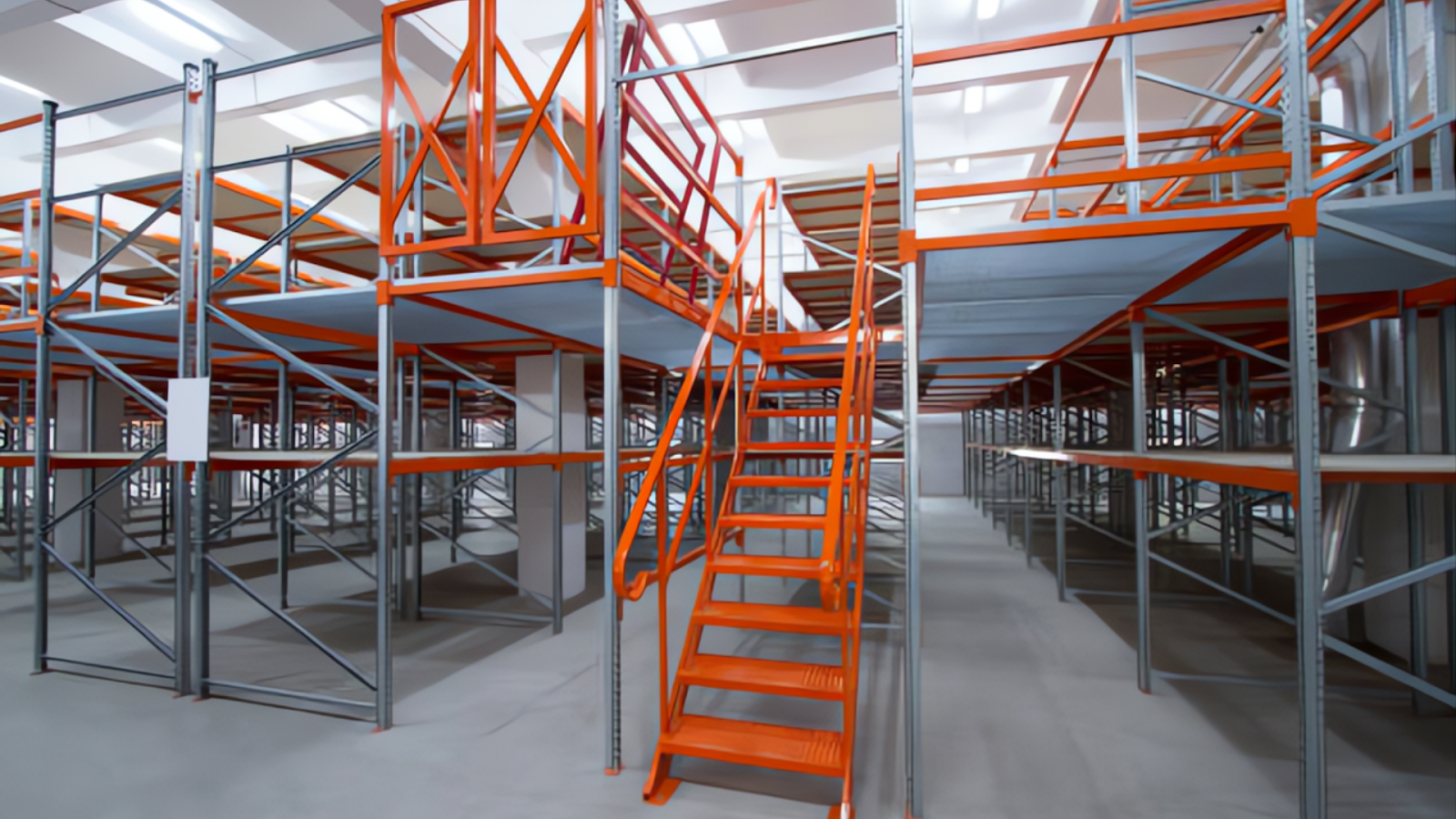
Ready to Upgrade Your Process Operations?